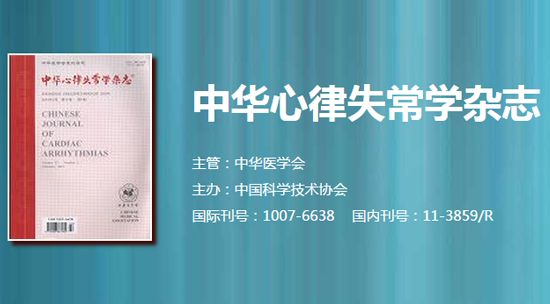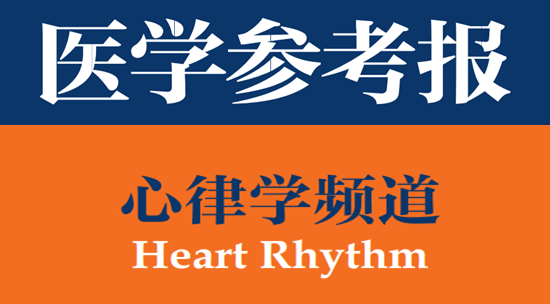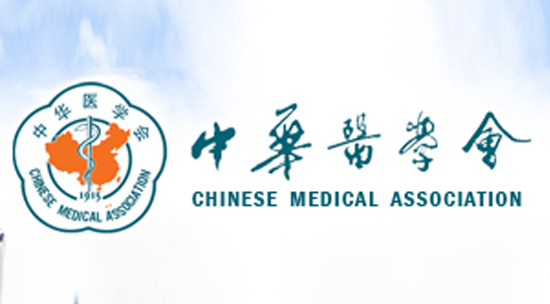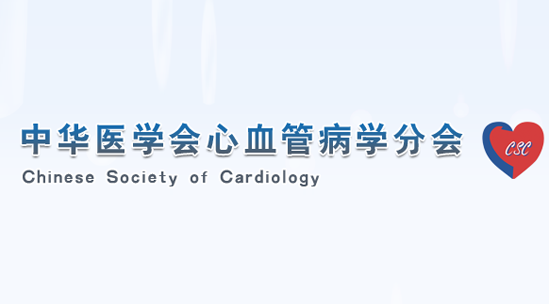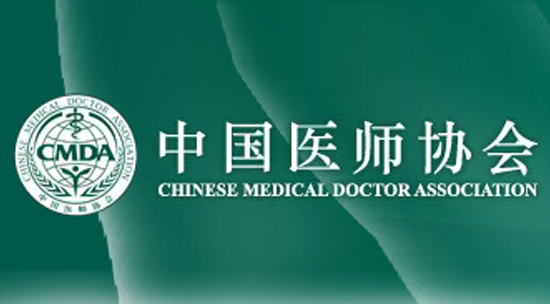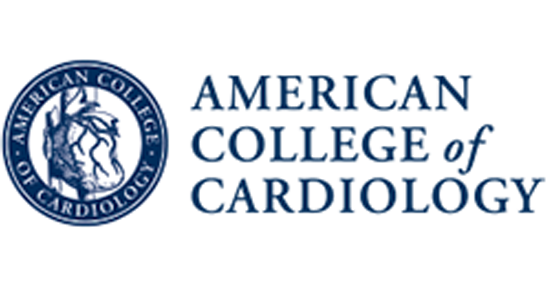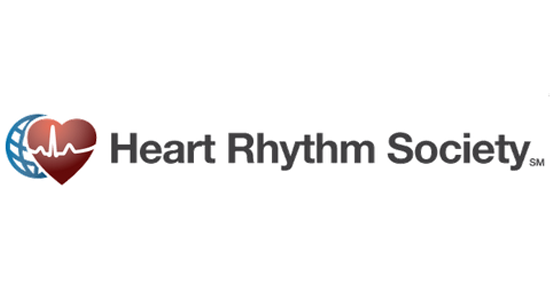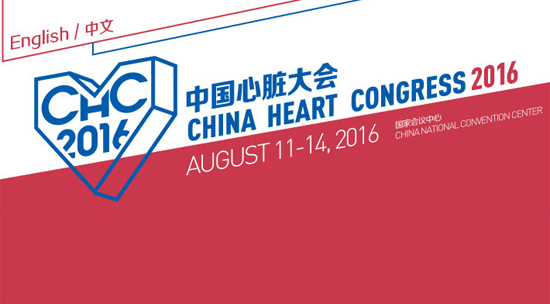HeartRhythm主编—陈鹏生教授语音速递(七月刊 英文版)
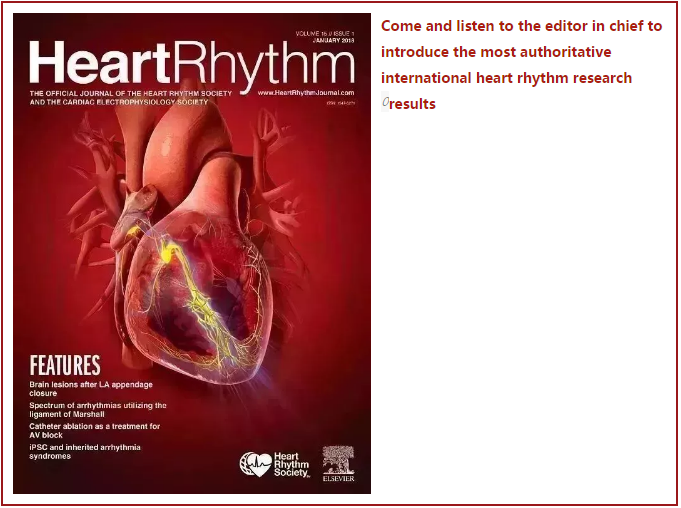
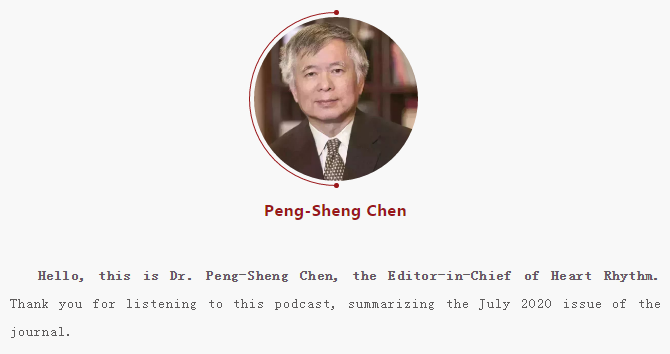
1
The first paper is by Peter A Noseworthy et al, titled “Generalizability of the CASTLE-AF Trial: Catheter Ablation for Patients With Atrial Fibrillation and Heart Failure in Routine Practice”. Using a large US administrative database, the authors identified 290,000 patients with atrial fibrillation and HF treated with ablation (n = 7465) or medical therapy alone (n = 282,366) from 2008, through 2018. They found that only 7.8% of patients would have been eligible for the CASTLE-AF trial. 91.0% failed to meet the trial inclusion criteria; and 15.5% met the exclusion criteria. Ablation was associated with a lower risk of the primary outcome in the trial-eligible cohort, in patients who failed to meet inclusion criteria but not in patients who met the exclusion criteria. The relative risk reduction was consistent regardless of whether patients had heart failure with reduced left ventricular ejection fraction. While there was relative risk reduction, the benefit associated with ablation appears to be more modest in practice than that reported in the CASTLE-AF trial.
2
Next article is titled “Predictors of Adverse Outcome in Patients With Frequent Premature Ventricular Complexes: The ABC-VT Risk Score” by Aleksandr Voskoboinik. The purpose of this study was to develop a risk score to predict adverse events in patients with frequent PVCs. Independent predictors of adverse remodeling were as follows: superiorly directed PVC axis, PVC burden, PVC coupling interval >500 ms, nonsustained VT. The authors assigned points to each of the above and developed the ABC-VT risk score in the derivation cohort and tested successfully in the validation cohorts. The authors concluded that the ABC-VT score is a simple tool that predicts adverse left ventricular remodeling and future clinical deterioration in patients with frequent PVCs. Whether or not this scoring system can be used to identify patients for PVC ablation remains unknown.
3
Coming up next is “Outcomes of Catheter Ablation of Ventricular Arrhythmia Originating From the Left Ventricular Summit: A Multicenter Study” by Fa-Po Chung et al. A total of 238 patients undergoing catheter ablation of LV summit ventricular arrhythmias were included. During median follow-up of 26 months, 80% of patients with acute success were free from ventricular arrhythmia recurrences, and the overall long-term success rate was 68%. Multisite ablation was the only independent predictor of VA recurrences. These findings imply that multisite ablation is needed to achieve acute success of LV summit ventricular arrhythmias, but the incidence of recurrence still was high.
4
Paolo Domenico Dallaglio et al contributed to the following article titled “Antitachycardia Pacing for Shock Prevention in Patients With Hypertrophic Cardiomyopathy and Ventricular Tachycardia.” Among 251 patients followed for 4 years, 56 presented 326 episodes of ventricular arrhythmias. Among them, monomorphic VTs is the predominant ventricular arrhythmias. Antitachycardia pacing or ATP successfully terminated 3 4th of all monomorphic VTs. Because the proven effectiveness of ATPs, proper device selection and programming are important to prevent unnecessary high-energy shocks in patients with hypertrophic cardiomyopathy.
5
The next one is “Examination of Pathologic Features of the Right Atrioventricular Groove in Hearts With Ebstein Anomaly and Correlation With Arrhythmias” by Luciana Marcondes et al. They analyzed 33 autopsy specimens from patients with Ebstein anomaly. A prominent ridge along the right AV groove was seen in 15 of 33 specimens (45%). The AV groove was significantly more common in patients with than without accessory pathways. Microscopy of ridge tissue revealed a muscular bundle in 1 accessory pathway specimen penetrating deep into the fibrous AV annulus. These findings indicate that a prominent ridge along the inferior right AV groove is a common feature in Ebstein’s anomaly and correlates with clinical history of accessory pathway. It presents a potential obstacle to catheter ablation and may contribute to the high recurrence rate after ablation.
6
Coming up next is a paper by Teetouch Ananwattanasuk et al, titled “Programming Implantable Cardioverter Defibrillator in Primary Prevention: Guideline Concordance and Outcomes.” Consecutive 772 patients who underwent ICD insertion for primary prevention at 3 centers were included in the retrospective analysis. Only about 1 3rd of patients had guideline concordant tachycardia programming. During mean follow-up of 2 years, guideline concordant programming was associated with a 53% reduction in ICD therapy and 50% reduction in ICD shock. There were no significant differences in mortality. These data show that ICD programming based on the current guidelines was associated with a significantly lower rate of ICD therapy and shock without changes in mortality during intermediate-term follow-up.
7
The next article is titled “Appropriate and Inappropriate Shocks in Hypertrophic Cardiomyopathy Patients with Subcutaneous Implantable Cardioverter Defibrillators: An International Multi-Center Study”. The study included 88 HCM patients with S-ICD, followed for 2.7 years. Five patients (5.7%) had 9 inappropriate shocks most often because of sinus tachycardia and/or T-wave oversensing. There were 2 appropriate shocks in 7 secondary prevention patients and none in 81 primary prevention patients. No patients had sudden death or untreated sustained ventricular arrhythmias. The R-wave amplitude increased risk of inappropriate shocks, whereas T-wave inversions were protective. Because no patients in primary prevention group had appropriate shocks, the authors thought that the HCM primary prevention ICD guidelines overestimated the risk of appropriate shocks in their cohort.
8
Suneet Mittal et al wrote the next paper titled “The World-wide Randomized Antibiotic Envelope Infection Prevention (WRAP-IT) Trial: Long-term Follow-Up.” In total, 6800 patients received their intended randomized treatment, including 3371 envelope; 3429 control; mean follow-up period 21.0 months. CIED-related infection occurred in 57 envelope patients and 84 control patients. These data show that the effects of the TYRX envelope on the reduction of the risk of CIED infection are sustained beyond the first year postprocedure, without an increased risk of complications.
9
Coming up is a paper titled “Epidemiology of Cardiac Implantable Electronic Device Infections in the United States: A Population-Based Cohort Study” by Elissa Rennert-May et al. Data from the 2016 Healthcare Care and Utilization Project National Inpatient Sample database were utilized. Of 191,000 CIED implantations identified in the database in 2016, 8060 infections (4.2%) were identified. The in-hospital mortality rate for these patients was 4.7%. The majority of patients with CIED infection had ≥3 comorbidities. The authors suggest that patients with increased numbers of comorbidities should be recognized and managed carefully peri-CIED implantation given their increased risk of infection and use of health care resources.
10
The next paper is “Clinical and Procedural Characteristics Predicting Need for Chronotropic Support and Permanent Pacing Post-Heart Transplantation.” The authors reviewed a total of 820 patients underwent 826 orthotopic heart transplantation (OHT) procedures. Patients who were exposed to amiodarone and have older donor were more likely to develop need for chronotropic support after transplant. In multivariable analysis, recipient age and biatrial anastomosis were significantly associated with permanent pacemaker implantation within 6 months of OHT. These findings suggest that surgical technique and donor age were the main risk factors for the need for chronotropic support post-OHT, whereas surgical technique and recipient age were risk factors for early permanent pacemaker implantation.
11
Pei-Lin Xiao et al wrote the next article titled “Cardiac Resynchronization Therapy Modulates Peripheral Sympathetic Activity”. The authors performed a prospective study that enrolled 36 patients with HFrEF who received CRT. Ten patients who received an ICD for primary prevention served as controls. CRT patients who exhibited wider QRS duration had higher average skin sympathetic nerve activity compared to the control group at baseline. After CRT, left ventricular ejection fraction (LVEF) improved while average SKNA decreased significantly. The decrease of average SKNA was significant among responders but was unchanged in nonresponders. The authors conclude that CRT reduces elevated sympathetic activity in HFrEF patients, accompanied by improvement in systolic function at short-term follow-up. The reduction of sympathetic activity is mainly seen in CRT responders.
12
Ciorsti J MacIntyre et al wrote the next paper titled “Intentional Nontherapy in Long QT Syndrome”. The purpose of this study was to evaluate the outcomes of a highly selected cohort of 55 patients with LQTS managed with an observation-only (intentional nontreatment) strategy. Mean age at diagnosis was 37.8 years. Mean QTc was 448 ms. None of the patients experienced an LQTS-triggered cardiac event over mean follow-up of 7.5 years. Compared to the larger treated cohort, this intentionally untreated cohort was less symptomatic, was older at diagnosis, and had lower resting QTc values. These findings suggest that an observation-only strategy may be considered in a highly selected group of LQTS patients with a clinical profile that includes asymptomatic status, older age at diagnosis, and QTc <470 ms, with excellent outcomes and better quality of life than LQTS patients treated with beta-blocker. LQTS patients with this low-risk profile should not receive a prophylactic ICD.
13
Next up is “Pharmacological norepinephrine transporter inhibition for the prevention of vasovagal syncope in young and adult subjects: A systematic review and meta-analysis”. This systematic review was to evaluate the ability of 3 norepinephrine transporter inhibitors-reboxetine, sibutramine, and atomoxetine-to prevent head-up-tilt-induced vasovagal outcomes in healthy participants and patients with VVS. Four studies (101 participants) met inclusion criteria. Norepinephrine transporter inhibition reduced the likelihood of vasovagal reactions marked by hypotension and bradycardia in healthy participants during head-up tilt testing. This was achieved through heart rate compensation with norepinephrine transporter inhibition toward the end of tilt testing, which in turn preserved cardiac output and mean arterial pressure in the absence of significantly increased systemic vascular resistance. The authors conclude that norepinephrine transporter inhibition prevents severe vasovagal reactions and syncope induced by head-up-tilt testing in both healthy participants and patients with vasovagal syncope.
14
Frédéric L Paulin et al wrote the next paper titled “Exercise and Arrhythmic Risk in TMEM43 p.S358L Arrhythmogenic Right Ventricular Cardiomyopathy”. Individuals with the TMEM43 p.S358L mutation enrolled in a prospective registry were assessed for their physical activity in the year before their primary prevention ICD implantation. Those who exercise ≥9.0 MET-hours/day (high level) in the year before ICD implantation was associated with an adjusted 9.1-fold increased hazard of first appropriate ICD discharge relative to physical activity <9.0 MET-hours/day. Based on these data, the authors suggest molecular testing be offered in early childhood to inform exercise choices reflective of the genotype.
15
The next paper is by Yuan Yuan et al titled “Subcutaneous Nerve Stimulation Reduces Sympathetic Nerve Activity in Ambulatory Dogs with Myocardial Infarction”. Acute myocardial infarction increases stellate ganglion nerve activity through nerve sprouting. The authors implanted neurostimulator in 6 dogs with acute MI and stimulated their subcutaneous nerves. Non-stimulated dogs with acute MI were used as controls. The stimulation but not the control group had reduced stellate ganglion nerve activity at 4 and 8 weeks after MI. Immunostaining showed confluent areas of remodeling in bilateral stellate ganglia and a high percentage of tyrosine hydroxylase-negative ganglion cells. The authors conclude that subcutaneous nerve stimulation remodels the stellate ganglion, reduces stellate ganglion nerve activity, and suppresses cardiac nerve sprouting after acute MI.
These original articles are followed by a review article by Victor Neira et al titled “Ablation Strategies for Intramural Ventricular Arrhythmias” and a second review article by Arash Aryana et al titled “Cryoballoon Ablation Dosing: From the Bench to the Bedside and Back.” This is followed by a creative concept article titled “Novel Re-Expression of L-type Calcium Channel Ca v 1.3 in Left Ventricles of Failing Human Heart” by Ujala Srivastava et al. A final article was written by Dan Roden et al on behalf of the Heart Rhythm Society, titled“Considerations for Drug Interactions on QTc in Exploratory COVID-19 Treatment”. The present issue of the journal also includes the abstracts from the Late Breaking Clinical Trials accepted for presentation in the HRS 2020.
I hope you enjoyed this podcast. For Heart Rhythm, I’m Editor-in-Chief, Dr. Peng-Sheng Chen.
